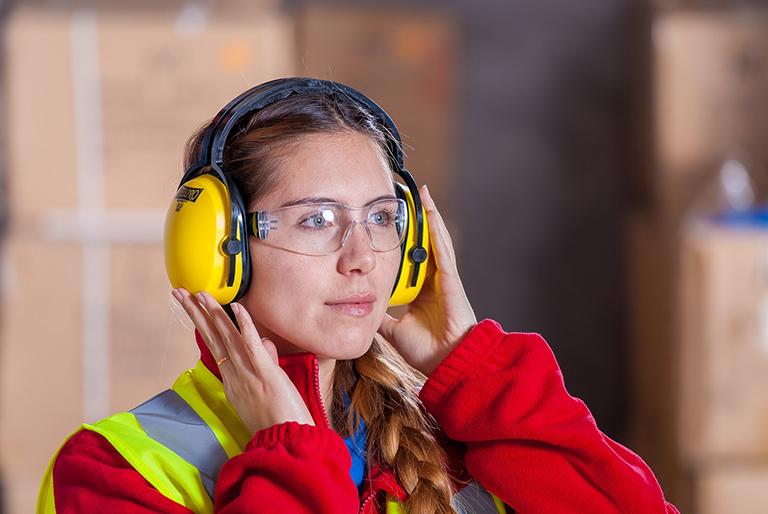Training content for Certificates of Professionalism: interactive, accessible and multimedia


The measures adopted by the Government in the field of employment training have highlighted its commitment to tele-training, understood as a modality in which training content must be of quality, accessible, multimedia and very interactive.
In this line, the methodologies that use leisure as a vehicle for learning play play a fundamental role, we can say that the time has come for interactive learning content and serious games integrated into digital learning content.
Training in the coming years will be developed in environments that facilitate "learning by doing" in more interactive and collaborative learning platforms.
How do we create digital learning material in eHabilis?
The eHabilis team consists of a group of people with multidisciplinary training: pedagogues, teachers, graphic designers, programmers and experts in digital communication. In each digital learning material development project we seek strategies and apply the appropriate methodologies to be able to transfer a printed material to a digital, multi-device, interactive and collaborative environment.
It is not a question of transferring content from a printed format to a digital format, but our method consists of reinterpreting the training material taking into account new parameters specific to the digital format such as visualization in different types of devices (very small as mobile or very large as digital blackboards), the development of different types of activities and games that allow a greater interaction of the student by enhancing their individual or team participation, and to take advantage of these new interactions to nourish the dossier of the different participants.
The process that follows the training material received in eHabilis to be transferred to a digital format is as follows:
- Reception of the material.
- Definition of the resources and needs of the client.
- Design of the structure of the formative action.
- Creation of the different learning objects, resources, supporting material in different interactive multimedia formats: HTML 5 templates based on adaptive web designs that integrate different types of elements such as videos, audios, infographics, interactive activities...
- Compliance with e-learning standards to recover student interaction and develop interoperable digital learning content between LMS platforms.
- Review of material.
- Delivery to the customer.
Features of digital educational resources created in eHabilis
The materials created in eHabilis are:
- Multimedia: Content created using text, image, audio, video, infographics, QR codes, animations... These give a strong multidimensional character to the information contained, allowing an exposition of the material full of nuances but coherent in its entirety.
- Interactive: An intrinsic motivation is ensured by considering the possibility of making decisions, carrying out actions and receiving more immediate feedback to them. They promote communication and social relations and provide the basis for the development of personalised training pathways.
- Accessible: the material made by our team allows access to the contents from any type of device (PC, tablet, smartphone, digital board). We also meet accessibility standards to make it easier for people with visual impairments to consult training content.
- Flexible, modular and reusable: We make from small knowledge pills that address a specific topic to digital learning materials of a large number of hours.
What is the structure of the training material required to obtain Professional Certificates?
The materials created by the multidisciplinary team of eHabilis to be used for this type of training have the following structure:
- Title: according to the official program of the BOE.
- Objectives: to know what, to know how and to know how to make.
- Content guide: overview of the contents, which points out the aspects to be developed.
- Presentation and development of content as indicated in the official programme. It includes practical examples, illustrations, audiovisual material,...
- Support resources: links to didactic videos, simulation games, practical cases with solution, examples of legislation related to the subject...
- Exercises and self-assessment: with the purpose of seeing the progress of the student, the assimilation of contents and the achievement of objectives.
- Practical cases.
- Bibliography.
- Glossary of terms.
- Frequently asked questions.
